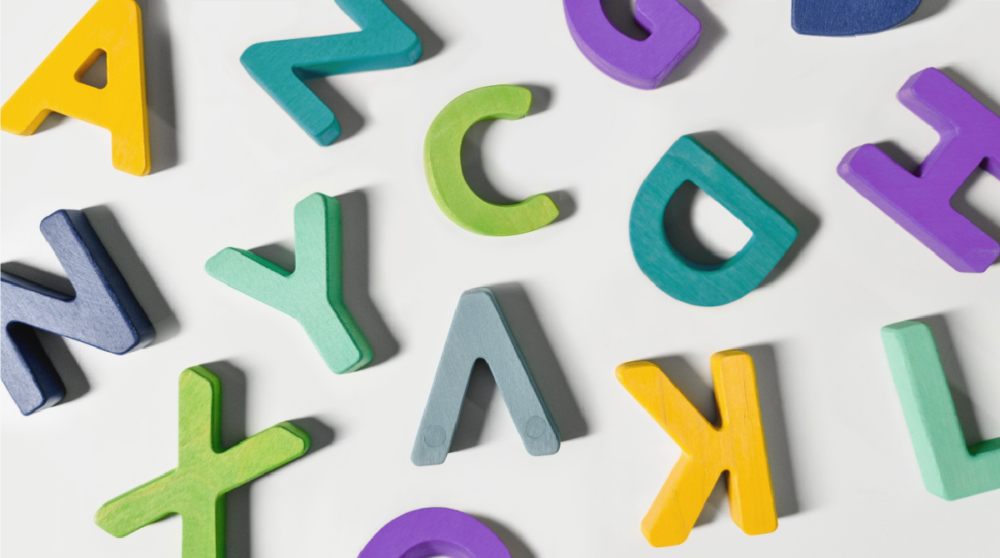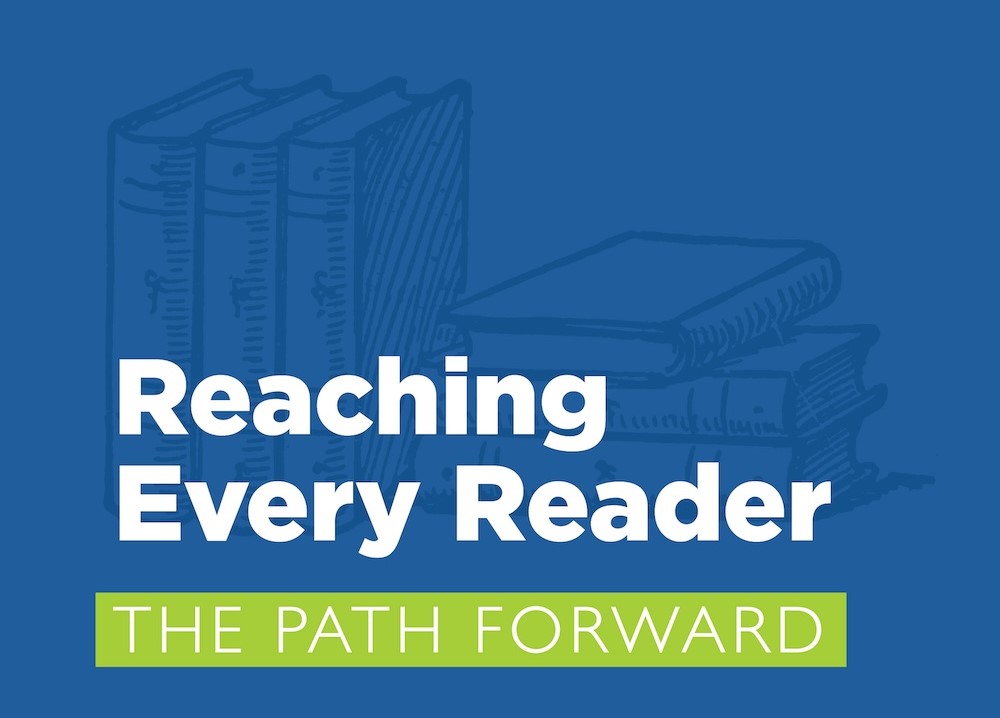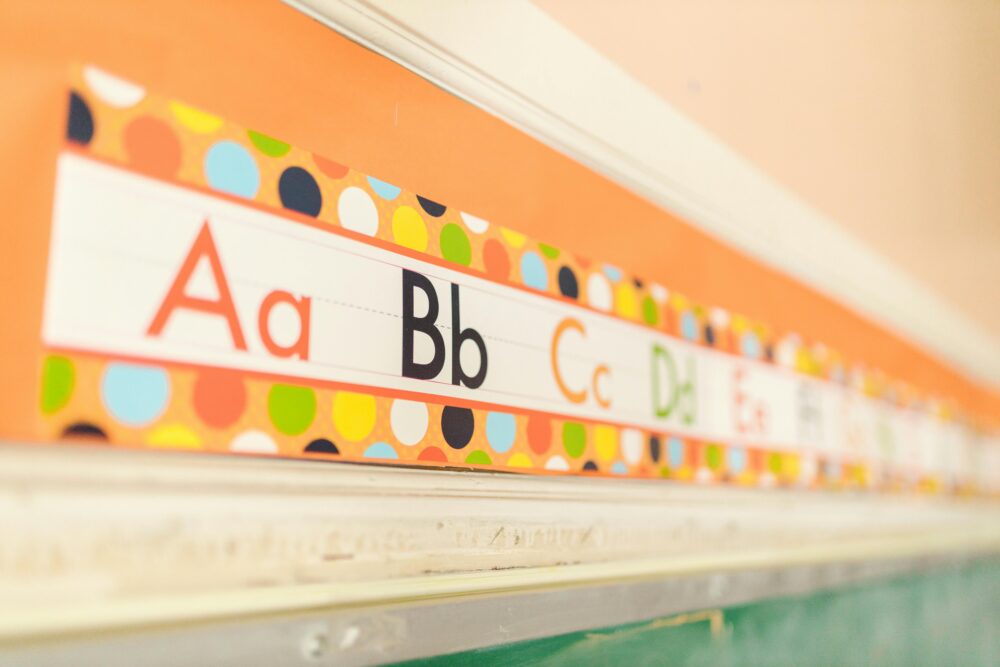AFC Responds to the Release of 2022 New York State English Language Arts Test Scores
Kim Sweet, Executive Director of Advocates for Children of New York (AFC), issued the following statement in response to the release of the 2022 New York State English Language Arts (ELA) test scores for New York City, showing that only 36% of Black and Hispanic students, 18% of students with disabilities, and 13% of English Language Learners (ELLs) in grades 3–8 are reading proficiently.

The test results released today drive home the need for a fundamental overhaul of the City’s approach to literacy instruction, as well as the urgency of providing extra support to students whose education was disrupted by the pandemic at an especially critical moment: the years when they were still learning how to read. While the overall ELA proficiency rate ticked upward, relative to 2019, the percentage of third graders scoring proficient fell by four percentage points and the rate for fourth graders fell by six percentage points. These students would have been in first and second grades in March 2020—grades when children are mastering the relationships between sounds and letters and building the foundational literacy skills that will shape their future academic trajectory.
We’re encouraged that this Administration is planning to tackle the issue of literacy instruction, despite the many implementation challenges ahead. Shifting what happens in thousands of classrooms on a day-to-day basis is no small task, and the devil is truly in the details. It will be critical to evaluate and learn from the pilot programs launching this year, with an eye towards scaling success, setting the stage for long-term sustainability, and ensuring support reaches the students with the greatest needs. And as the City develops specialized programs for students with dyslexia and works to improve core instruction in the early elementary grades, it cannot leave behind the thousands of older students—with and without disabilities—who have not yet built a strong foundation in the building blocks of reading.


